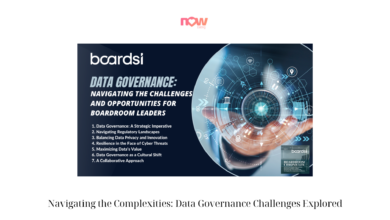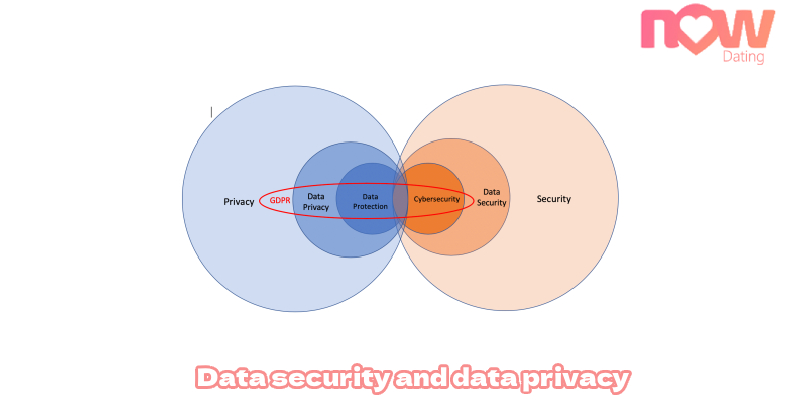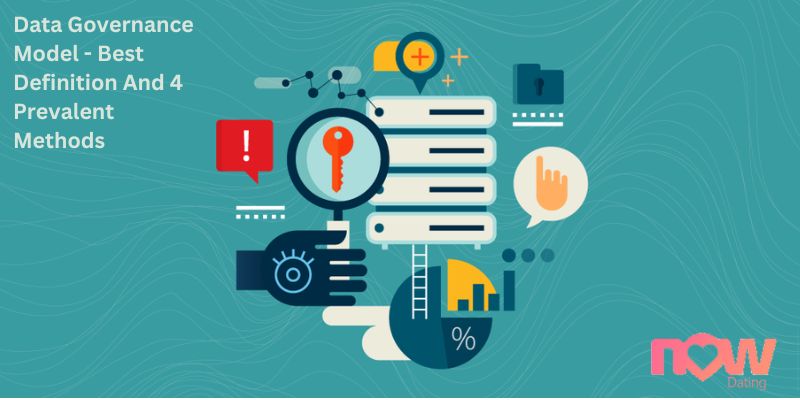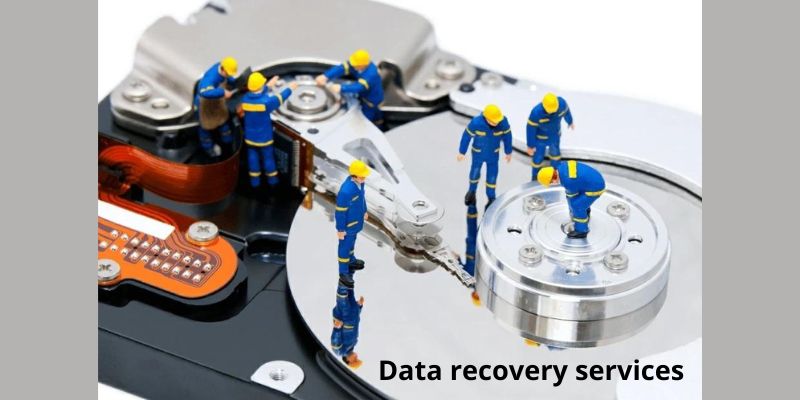5 Best Things About Magic Quadrant For Data Integration Tools

A fresh wave of demand for multicloud, hybrid, and data fabric patterns of design is reviving the market for data integration technologies. In order to select the best providers for their current and future data integration use cases, data and analytics executives should consult this research. In this article, with qule.info, let’s find out some useful information about magic quadrant for data integration tools!
1. Magic Quadrant For Data Integration Tools – What Is Data Integration Tools?
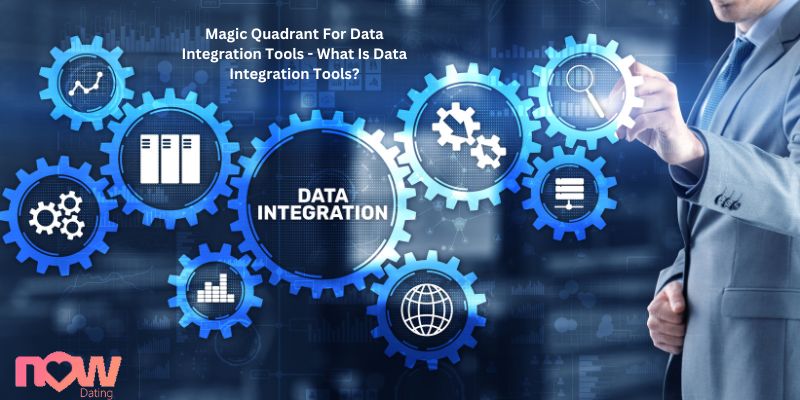
Before we delve into the magic quadrant for data integration tools, let’s take a look at the definitions of each part. The process of merging data from several dissimilar sources into a single, unified view for consumers is known as data integration. Integration is the process of combining smaller parts into a single system so that it can work as a whole. In an IT setting, it involves fusing together several data subsystems to create a larger, more thorough, and more standardized system amongst numerous teams, aiding in the development of unified insights for everyone.
Considering the expansion, amount, and numerous different forms of data, data integration substantially aids in consolidating all sorts of data. Businesses may develop practical and appealing business insights for both short- and long-term success by combining these to operate from a single set of data and assisting internal departments in reaching consensus on strategies and business choices. Your company will be able to aggregate data regardless of kind, structure, or volume by combining integration with data input, processing, transformation, and storage.
2. Magic Quadrant For Data Integration Tools – Overview About Magic Quadrant

Since more than 40 years ago, Gartner has provided tools like their renowned Gartner Magic Quadrant to assist businesses in making better informed choices more quickly. Whenever you mention “the MQ” to anyone in the IT industry, they will immediately understand what you mean. In the interest of full disclosure, I spent 13 wonderful years at Gartner as the primary writer of the Gartner Backup and Recovery Magic Quadrant and other initiatives. As far as I’m aware, I’m the only person in the world to have been involved with this particular MQ for all 23 years of its existence, either as a vendor or lead author.
The Enterprise Backup & Recovery version of the Gartner Magic Quadrant is a graphical representation, like the other versions, of a company’s Completeness of Vision and Ability to Execute their vision in comparison to market standards and competing technologies in a certain market.
3. Magic Quadrant For Data Integration Tools – Benefits Of Data Integration
You might not be aware of it, but many IT operations and software development (DevOps) teams employ a method called data integration. Consider how you envision using technology in the future as an illustration. The secret to a successful DevOps program is to always be thinking about how your team can develop, test, and deliver apps. You need programs and apps that appeal to your audience if you don’t want to risk losing them to your rivals. This applies to experimentation as well as tactical operational deployment. You can keep up to date and correct by incorporating data into your application techniques and learning new things along the way.
- Superior data – Providing data that is higher quality and more valuable.
- Improved teamwork – Enhancing communication and cooperation through error-free knowledge transmission across systems.
- Rapid data transfer across storage systems – You can always access your data when you need it by integrating an efficient system with seamless connectivity.
- Improved ROI and efficiency – Errors will be decreased since you can obtain data rapidly.
- improved partner and consumer experiences.
- You can satisfy your consumers’ demands and requirements when you can hold on to them. If you needed to restock your inventory, for instance, you might purchase from suppliers in a manufacturing environment.
- A thorough understanding of your company – This comprises an exhaustive perspective of corporate analytics, insights, and intelligence—along with an exhaustive rundown of procedures and performance.
4. Magic Quadrant For Data Integration Tools – How Do It Work?

To assist you in making wise investment choices, a Magic Quadrant is a tool that offers a graphical competitive positioning of technology vendors. A Magic Quadrant gives an overview of the four categories of technology suppliers in a certain industry according to a standard set of evaluation criteria:
- When compared to their current vision for altering market rules, leaders currently do well, but not yet.
- Visionaries have a sense of where the market is heading or a plan to alter market dynamics, but they are not yet effective operators.
- Niche Players either lack focus or successfully target a narrow market sector, failing to innovate or beat competitors.
- Challengers may do well today or even control a sizable market sector, but they do not show that they grasp the trajectory of the market.
5. Magic Quadrant For Data Integration Tools – It Is More Than Just A Diagram
- Each category weighted -To acquire insights suited to your company needs, weight the most important vendor categories.
- Historically minded – For a better understanding of general trends and upstarts, look at how the vendor market has changed throughout time.
- User opinions – Take a look at what your colleagues have to say about the solutions they’ve used.
Conclusion
Data integration tools are computer programs that ingest, combine, convert, and transport data from one location to another while also mapping and cleaning the data. The additional tools you use might make your approach simpler. However, you must first determine the qualities of a strong data integration technology. You’ll need the following characteristics in your data integration tool: Simple to use and learn, Open source for greater freedom, several pre-built connections for versatility Cloud capabilities for all levels and portability. I hope you found this article about magic quadrant for data integration tools useful. Have a good day!
Conclusion: So above is the 5 Best Things About Magic Quadrant For Data Integration Tools article. Hopefully with this article you can help you in life, always follow and read our good articles on the website: qule.info


